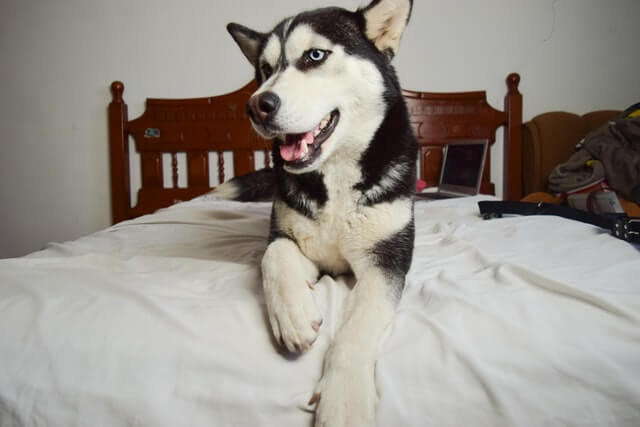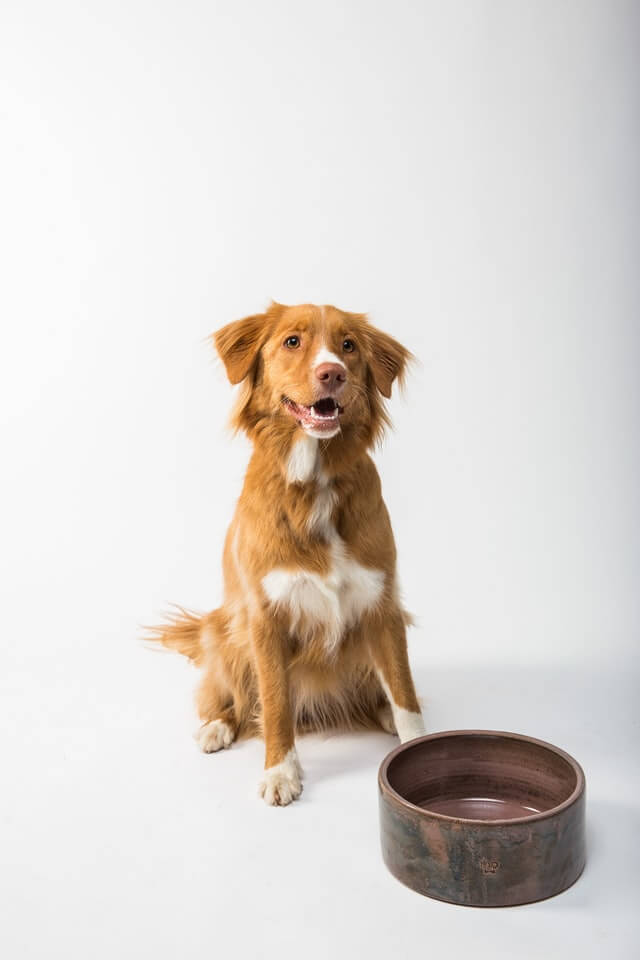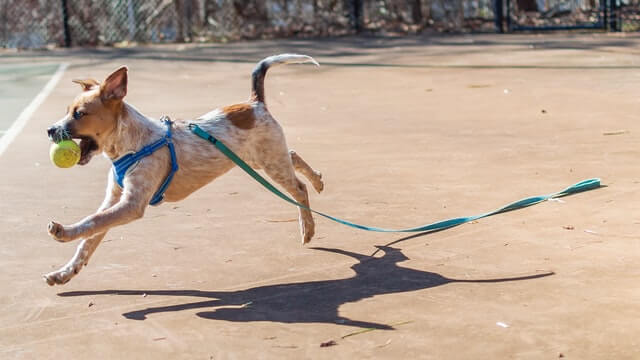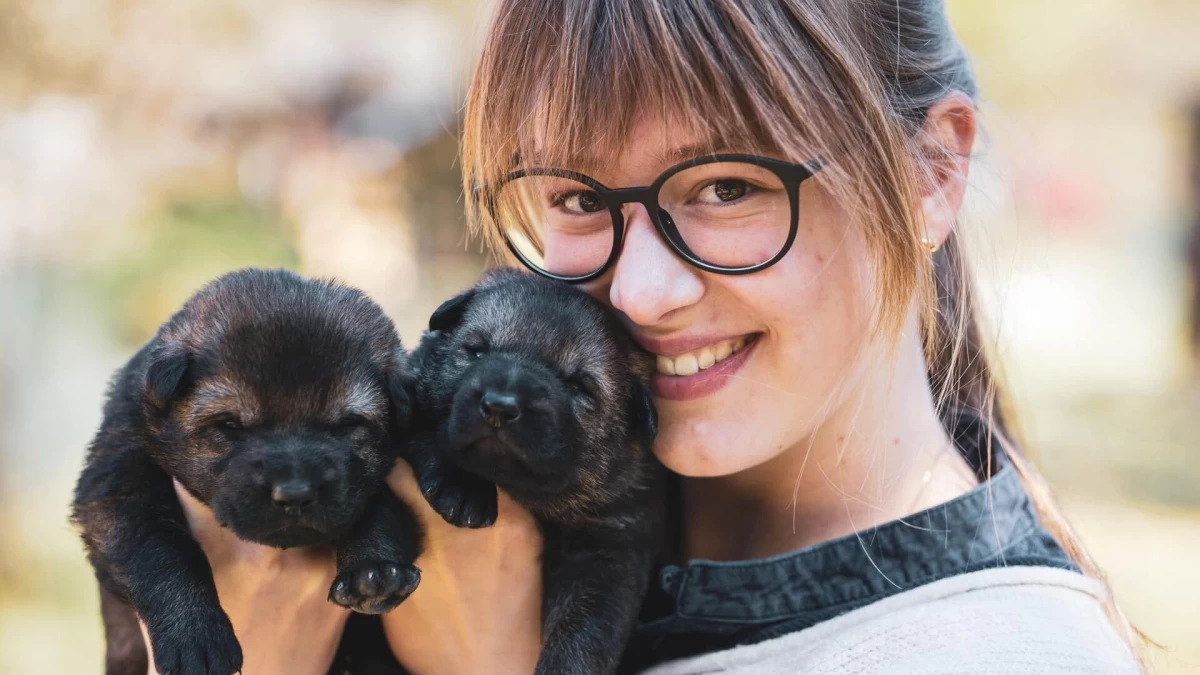Dog Supplies Shopping Tips For First Time Dog Parents
14.07.2020.
Adopting a dog means having another companion at home. It comes with a lot of daily responsibilities. You have to bath, feed, and play with them, just like how you take care of a family member.
You’ll get to have new additions in your house, as well. While you may not want to purchase every item your dog needs at first, it’s a good idea to know the basics. Before shopping any dog supply, here are some tips you need to keep in mind:
Kennels
Setting up a crate is important before bringing a dog home. Your dog needs it for its personal space and potty training later. Before buying a kennel, consider your dog’s size first. Make sure that it’s spacious enough for your dog to lie down, stand up, or even turn around.
Here’s how you should get your dog’s size:
- Measure your dog’s length and height with a tape measure.
- For length, measure from your dog’s nose to its tail’s base.
- For height, have your dog sit.
- Add between 2-4 inches to both length and height measurements.
In terms of weight, you may want to consider the following:
|
Dog Weight |
Crate Length |
|
35-40 lbs |
24-30 in |
|
40-70 lbs |
36 in |
|
70-90 lbs |
42 in |
|
90-110 lbs |
48 in |
|
110+ lbs |
54 in |
If you have a puppy, consider its adult size to avoid constantly buying increasingly larger kennels as it grows. In the meantime, you can place a box or dividers inside the kennel to make it temporarily smaller for your puppy.
Beds
Choosing the appropriate resting place for your dog starts with a clear understanding of the different dog beds. You have to figure out your dog’s size, age, health condition, habits, and sleeping patterns, as well.
We’ve rounded up the most common dog beds designed to meet the different needs and preferences of your pet:
- Cooling beds - for dog breeds that tend to overheat during hotter days
- Donut beds - for aging and weakening dogs that love to snuggle
- Elevated beds - for dogs that are prone to insect and pest attacks
- Kennel beds - for dogs who like staying inside their crate
- Heated beds - for dog breeds that tend to suffer from hypothermia in the cold season
- Hooded or covered beds - for dogs that prefer sleeping in secluded areas, like under the bed
- Memory foam or orthopedic beds - for naturally skinny dogs and dogs with orthopedic concerns, like arthritis and hip dysplasia
- Nesting beds - for dogs that like curling or snuggling up when sleeping
- Smaller, rounded beds - for dogs that prefer cradling
- Snuggle beds - for short-haired and aging dogs
- Spacious beds - for dogs that stretch out when lounging
- Thicker, denser beds - for large, heavy dogs
You may want to consider your personal preference, as well. Pet beds can serve as practical and stylish additions in your house. Hence, opt for a dog bed that doesn’t only suit your dog’s liking but also your decorating taste.

Food
There’s nothing like a one-size-fits-all healthy food for your dog because different dogs have different nutritional needs. Instead, there are a few crucial factors that you have to take into account before buying dog foods.
- Opt for dog foods that are formulated for your dog’s age. If you’re taking care of a puppy, look for a dog food that’s rich in protein, which supports muscle growth and DHA. As your dog gets older, switch to a senior formula or a personalized meal to maintain its healthy weight.
- In addition to your dog’s age, look for a healthy dog food formulated for its size. For example, bite-sized kibbles are recommended for small breed dogs. In contrast, for large breed dogs, glucosamine-rich dog foods are a great choice. It’s good for their joints.
- Make sure to consider your dog’s activity level, as well. This is especially important if your dogs tend to be very active. They tend to burn more calories, so nutrient-dense dog food intended for athletic dogs may be beneficial for them. Conversely, if your dog doesn’t move much, make sure that it’s eating enough.
You can always seek dog food advice from trusted online platforms like Dog Lovers Pup. You can see them at https://dogloverspup.com. Also, it’s important to seek professional advice if your dog has specific nutritional needs, like those with sensitive skin or orthopedic concerns. You have to stick to a targeted nutrition plan in order to support your dog’s condition.

Leashes
Alongside the collar or harness, you have to choose the right leash for the right activity. There’s a need to consider your dog’s temperament and health conditions, too. Keep in mind that using the wrong leash may hurt your furry friends in the long run.
Here are some quick heads-up on common dog leashes for different purposes:
- Adjustable leash - for activities that require shortening the leash temporarily
- Buckle
- Chain leash - for dogs who tend to chew on their leash
- Flexi or retractable leash - for activities that allow dogs to be more free, but still attached to its owner
- Hemp leash - for dogs with sensitive skin or allergies
- Leather leash - for regular strolls around the town
- Martingale or Slip lead style leash - for controlling over a loose dog with no collar on, and for dogs with thick necks
- Nylon leash - for quick trips to the pet store, dog daycare, or vet clinics
- Rope leash - for hiking, mountain climbing, and dog training sessions
- Split leash - for walking multiple dogs at once
- Short leash - for short walks that involve intersection crossing, or for practicing Heel cue
- Umbilical cord - for hands-free activities
As a first-time pet owner, you need to understand the reasons why we use a leash on our pooches. It’s not merely for controlling or handling them. It’s also considered as your dog’s lifeline and an important aid for training our dogs at any age.

Takeaway
Taking care of a dog is a big commitment. You have to make sure that you’re properly taking care of and training them from the outset. Only by doing these that you’ll get a happy and successful canine-human relationship.
Author’s bio:
Courtney John is an experienced freelance writer and animal advocate whose mission is to spread awareness against animal cruelty across the globe. When she's not busy making ends meet, Courtney tours around the country supporting different animal welfare organizations and events. Courtney adopted her first pet at age 8 (a cat named Mojo) and has been passionate about animal rights since.
World Dog Finder team







Share